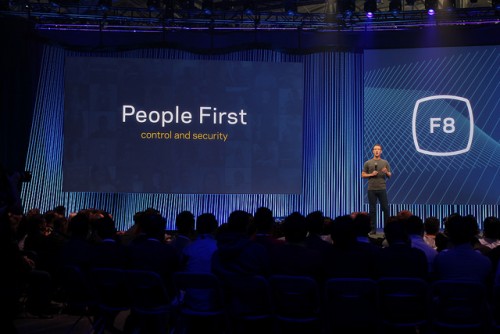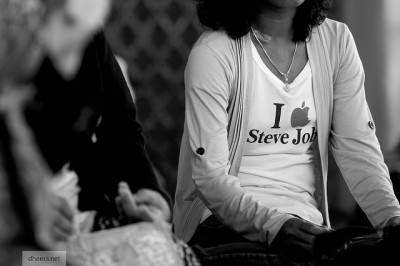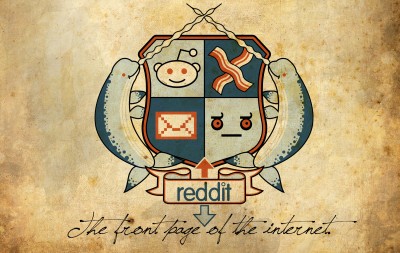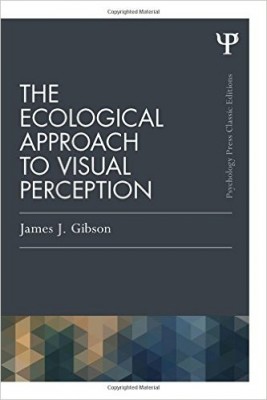
The New York Times has a bad habit of uncritically replicating mainstream opinions about technology and society, for instance this piece from Sunday that states,
Much of the research on selfies reveals that (surprise!) people who take a lot of them tend to have narcissistic, psychopathic and Machiavellian personality traits — which may explain why they are oblivious when they bonk you on the head with their selfie sticks. This is not to say that everyone who takes a selfie is a psychopath, but it does imply a high need for self-gratification, particularly if they are posted online for social approval.
For at least the past year, this narrative that selfies equals narcissism has been deeply challenged in popular and academic work. Perhaps the “research” should have included this really terrific special issue of the International Journal of Communication on selfies, edited by Theresa Senft and Nancy Baym (scroll to special sections and click the + more articles). Especially the paper by Anne Burns, who continues to be the strongest critic of the selfies-as-pathological narrative (read her paper and also see her present part of this work at Theorizing the Web 2014 here). Indeed, the concerns over pathologization, especially by dismissing the selfie as narcissistic, is a powerful thread through the entire issue. Hopefully this critique will soon be less necessary, but as the New York Times makes evident each weekend, it’s still a much needed intervention. By my count, more than 2/3rd of the papers in the issue explicitly mention and are rightly critical of the narcissism frame.
If you read Cyborgology you might have already seen and read this issue, but in case you haven’t, I just just want to briefly use this space to highlight terrific work being done on the topic of selfies (I especially loved the stand-out papers by Jenna Brager and Elizabeth Losh). It’s quite good, and open access, so download away. more...









